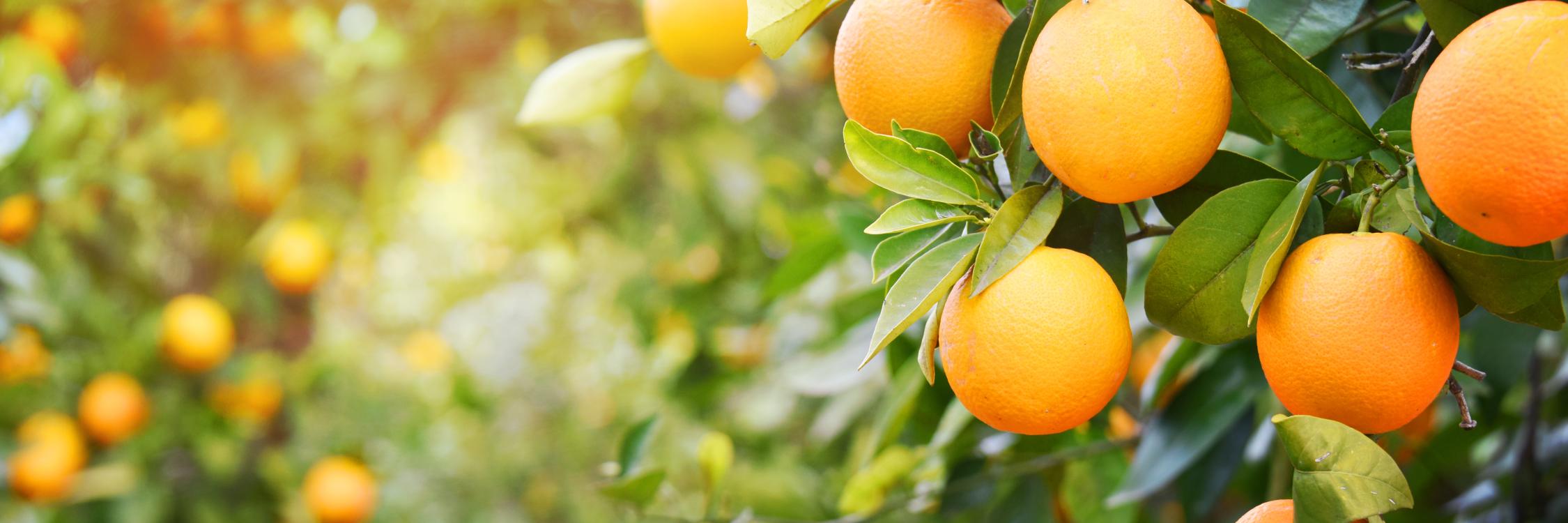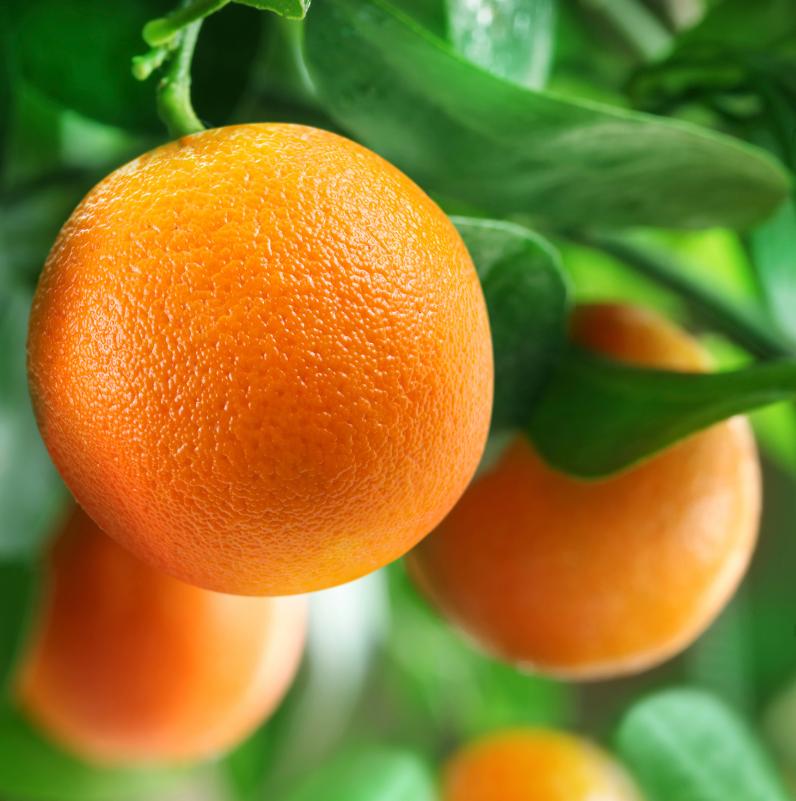
CaTs as a Dual Nutrient Source-Acidifier for Combatting Citrus Greening
CaTs® (0-0-0-10S-6Ca) is a highly soluble source of calcium and sulfur, produces acid when the sulfur reacts in the soil, and is well suited for application in irrigation water. Because of these properties, CaTs is a valuable tool for combatting citrus greening and achieving improved yields.
One of the hallmarks of citrus greening is a degraded root system with fewer fine roots. This means that providing highly soluble nutrients and maintaining nutrients in a soluble form are more important with citrus greening. CaTs not only provides calcium in a soluble form but also helps keep the calcium and other nutrients in a more soluble form by generating acid (2.65 lb sulfuric acid equivalent per lb calcium) and lowering soil pH to a more optimal level.

Optimizing pH Levels in Soil
High soil pH is a common problem in Florida citrus soils because of high alkalinity in irrigation water. University of Florida research has shown that lowering soil pH is more critical for greening-affected citrus. With greening, soil pH needs to be lowered to around 6 or even a little lower to optimize yields. As a result, applying acidifying agents is a common practice for lowering soil pH to combat citrus greening.
Elemental sulfur and sulfuric acid are the traditional acidifiers used to lower the pH of citrus soils in Florida. Compared with CaTs, elemental sulfur releases acidity much slower and with much less predictable timing and is not suitable for application in irrigation water. Both elemental sulfur and sulfuric acid lower pH mainly near the soil surface (roughly the top three inches) and tend to over acidify near the soil surface when enough acid is applied to lower pH at lower depths. In contrast, CaTs lowers soil pH in the top roughly 12 inches or more without over acidifying near the soil surface. Sulfuric acid is highly corrosive and difficult to handle whereas CaTs is not. Calcium nitrate provides soluble calcium but does not lower soil pH and, in fact, increases soil pH when applied as the primary nitrogen source during the primary growing season.
Application Benefits
CaTs is a good fit for application in irrigation water. Application in irrigation water provides excellent flexibility for timing of application and only lowers pH in the irrigated zone where irrigation water alkalinity increases pH. CaTs can provide the above benefits whether applied during the dry season or during the growing season.
The Bottom Line
CaTs is an excellent dual nutrient source-acidifier for optimizing calcium and sulfur nutrition and also optimizing soil pH which is critical for maintaining several nutrients in a more soluble form, especially with citrus greening. These benefits are maximized via application of CaTs in irrigation water. Contact a Crop Vitality for help in determining how to best incorporate CaTs into your plans for the upcoming cropping season.
Written by Dr. Bert Bock, Crop Vitality, Tessenderlo Kerley Consulting Agronomist
Contact a Specialist
Additional Benefits:
- It improves the density, firmness and appearance of the tree fruit.
- The fertilizer extends fruit storability and shelf life.
- It allows the tree to receive an added form of calcium and sulfur without adding excessive nitrogen.
- It conditions soils by leaching out harmful salts and increasing water infiltration around your fruit trees.
Learn more